In recent years, when you buy a mobile phone, as long as you don't know much about digital products, the configuration posted by manufacturers will give you five mysteries and three directions. What beast processor, certified screen, large pixel camera, high-capacity battery, flash charge, overcharge and so on.
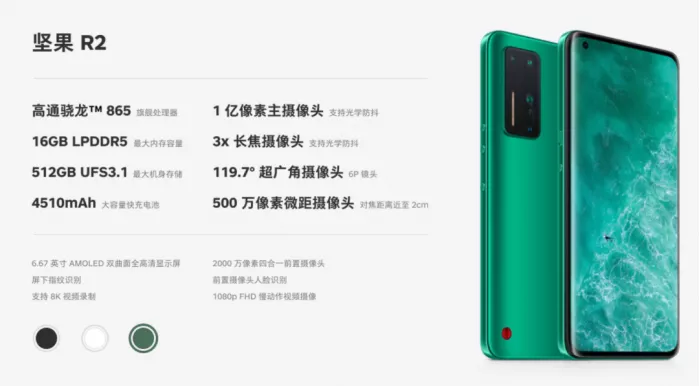
Manufacturers mostly do this for marketing and publicity purposes. At best, they do let the public know what components a mobile phone is composed of.
But if you go back 12 years and buy a mobile phone, let alone the chip model, it's a skill to buy a mobile phone without being fooled by dixtone's sales.
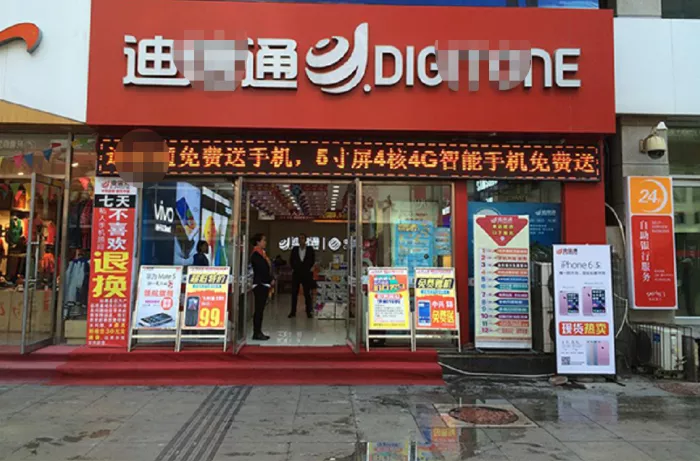
That's an interesting question. In the past when mobile phone hardware configuration information was not so developed, what chips were installed in people's mobile phones**
You may not believe it. Since ancient times, every generation of mobile phone chips has been associated with the upgrading of communication protocol standards.
In other words, mobile phone chips are actually the product of communication protocol standards
Whoever has the ability to master the key upgrade points of each generation of communication protocols will have the ability to control the dominance of mobile phone chips.
This time, let's take the mobile communication protocol as the lead, and have a good chat with you, the ups and downs of the world's mobile phone chips along the way.

Before the invention of mobile phones, car phones were real " mobile phones ".
This thing sounds very tall, but to put it bluntly, it stuffed a fixed telephone device into the car, so that the rich people at that time could enjoy the fun of driving and talking on the phone.
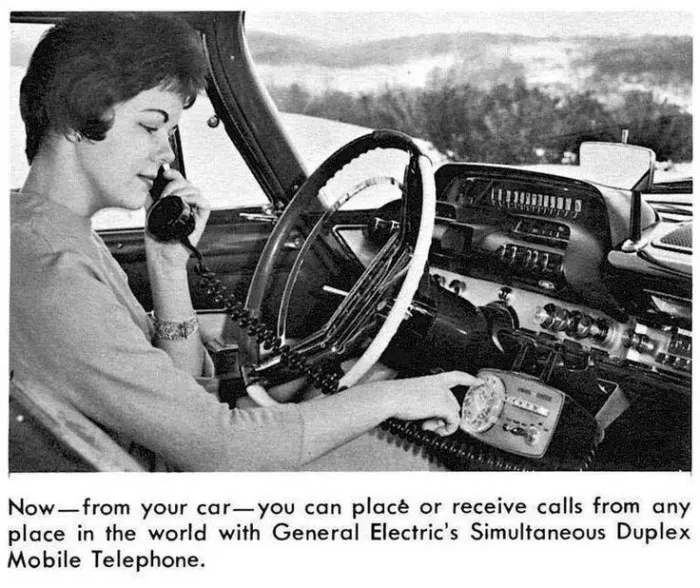
Oh, if this fun is put into the present fun, if you are caught, you will be deducted 2 points and fined 200 yuan
In 1947, the same year that the transistor was invented, Douglas h. ring, an engineer at Bell Labs, conceived a system called "cellular network" for car phones.
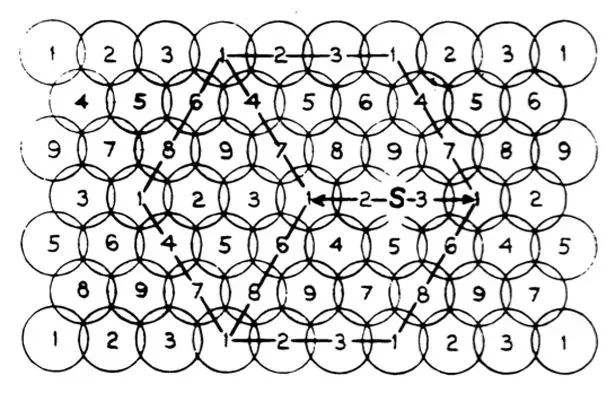
In short, the cellular network principle proposed by Douglas is to cover a whole large area with hexagonal cells as units.
Then the radio station connects these wireless signals with the whole signal network
When devices move between different cells, seamless frequency switching can be achieved to achieve the effect of mobile communication.
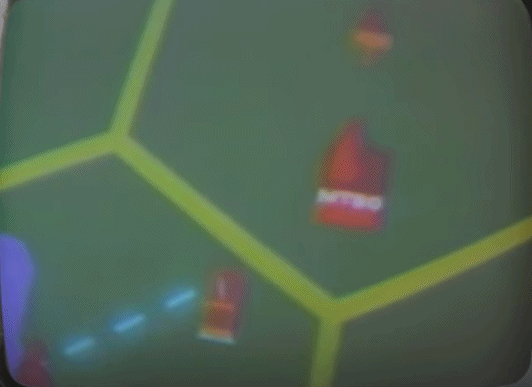
However, at that time, the car phone equipment was not only bulky, but also very efficient. It is said that in the earliest days, only three people were online at the same time, and it often took more than half an hour to make a car phone call.
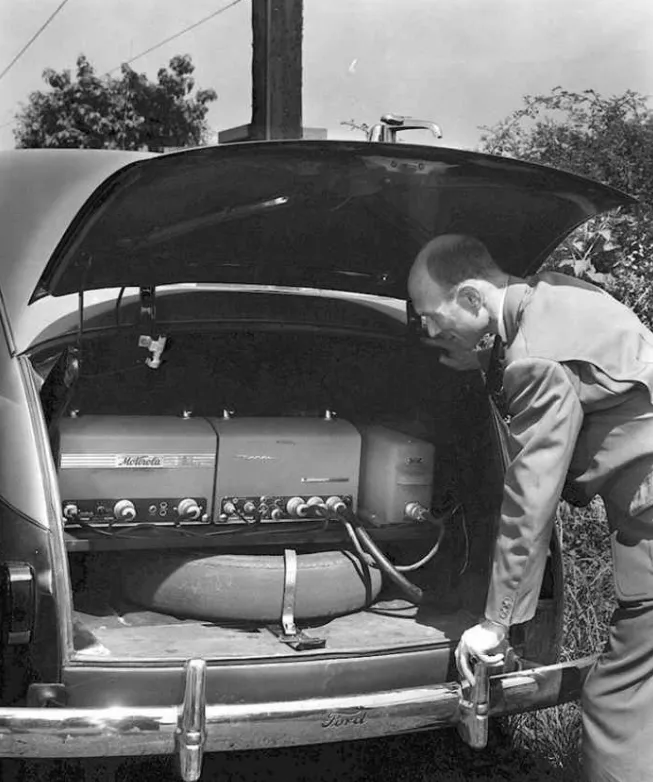
Although the idea of cellular could greatly improve the service experience of car phone, the communication facilities in the city at that time could not support the system, and Bell Labs could only do some small-scale research and experiments.
In 1973, Martin Cooper, an engineer at Motorola, invented the prototype of the world's first handheld telephone dynatac 8000x.
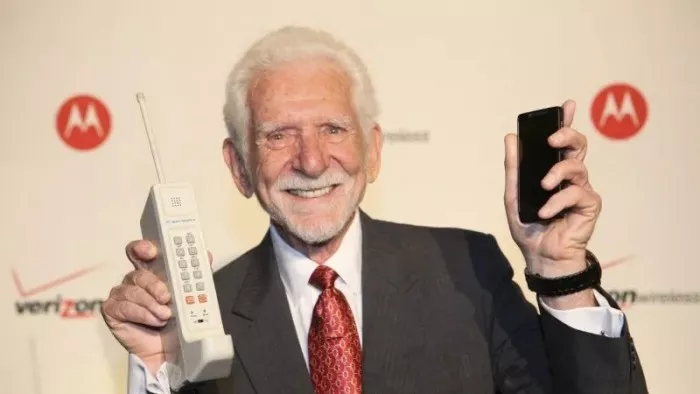
Until then, cellular network technology appeared in people's vision again
In 1983, Motorola officially brought the dynatac 8000x, the ancestor of "big brother", to the world for public sale.
At that time, the official price was 3999 dollars. It is estimated that the current price is more than 9000 dollars...
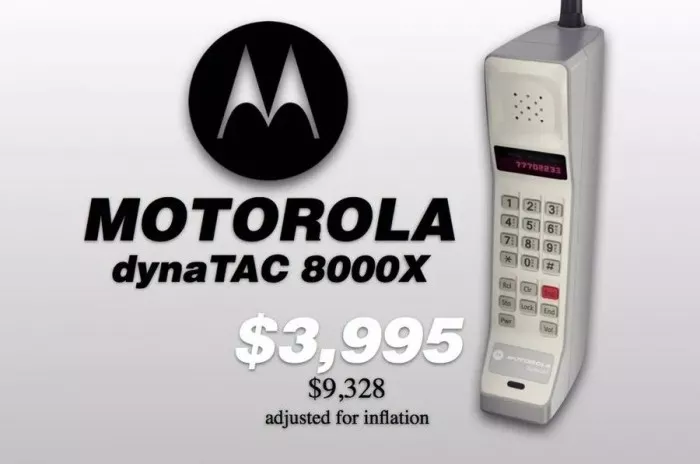
Don't laugh at the current manufacturer's press conference. In addition to the high price, it took 10 years for this mobile phone to be released to mass production.
I believe the smart chaiyou has guessed that the extra ten years spent by Motorola are actually used to lay the signal base station needed by the cellular network.
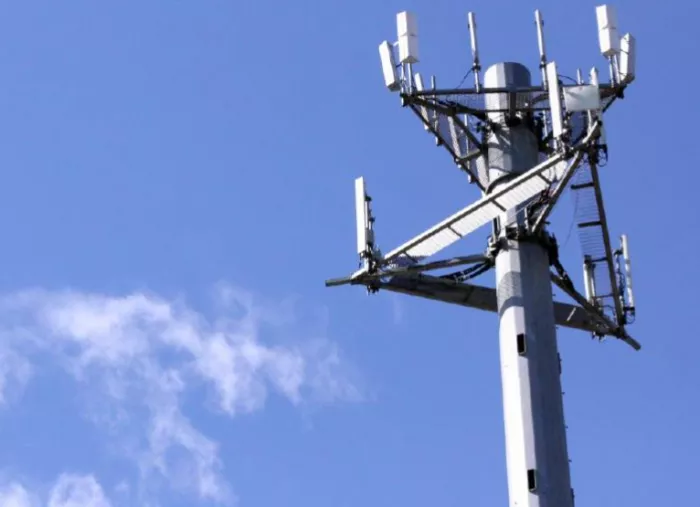
In the past decade, Motorola burned about $1 billion on it
However, so much infrastructure construction funds were spent only to meet the call demand of the dynatac 8000x " charge for 10 hours and talk for 35 minutes " at that time...
Even the signal tower is built by ourselves. Needless to say, the chips in dynatac 8000x mobile phones are also made by Motorola.
Someone once took apart the ancestor of this mobile phone and looked at it. There was a pile of vertically inserted integrated circuit boards in it.

What type of chip is used, and the information recorded on the Internet has been difficult to find
But it is generally composed of RF chips that receive and transmit signals and baseband chips that encode and decode signals.
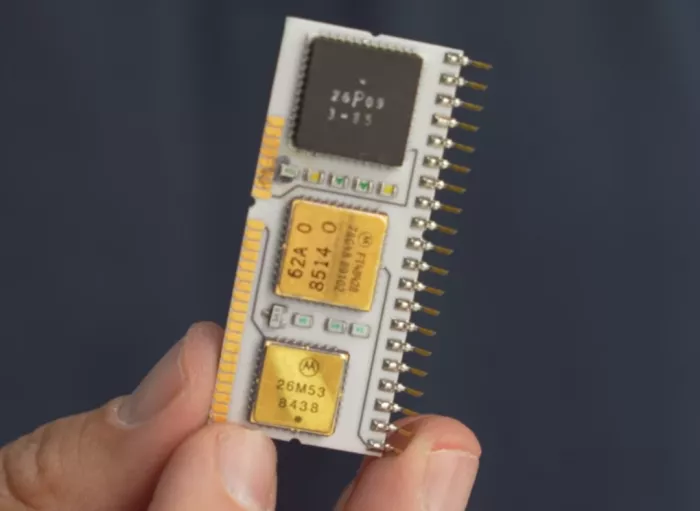
At that time, the integration of chips was not so high. The layout of the mobile phone was similar to that of today's small computer chassis.
But it is undeniable that this is the prototype of mobile phone chips.
Although Motorola firmly held the title of "mobile phone inventor", the call quality of 1G network was actually worse than expected.
This is because the 1g network still adopts analog signal. The advantage of this thing is that the transmission method is simple and the signal transmission is easy to realize.

The easier it is to succeed, the more unreliable it is. The anti-interference performance of analog signal in the transmission process will be very poor, and it will be disturbed by all kinds of noise. The farther the call distance is, the worse the call quality will be**
On the other hand, analog signals are also vulnerable to eavesdropping in the transmission process, and there is almost no obstruction.
Imagine that if a commercial spy catches an eye on the boss's brother-in-law, as long as he wants, the boss can probably be heard clearly in which restaurant to eat a cooked steak with which lover in the evening.

Unless the boss, like the underground workers in the spy film, acts as a Riddler and communicates with the opposite side with a secret code...
In short, analog signals can no longer meet people's needs for communication at that time. Mobile phones urgently need to find a more reliable communication solution.

Mobile phone chips really began to flourish until the 2G network era entered after 1990.
At this time, the digital signal replaces the analog signal step by step.
The power of digital signal is that it can break a section of signal into binary code of "0101" and then transmit the information in such a discrete form.

After the remote equipment receives it, it will decode these digital signals into audio that can be heard by our ears to complete the information transmission.
In this way, the anti-interference of information transmission is not only guaranteed, but also the confidentiality of information will be increased
Therefore, at that time, 2G network developed in the direction of digital signal, which is bound to be obtained
On the other hand, the establishment of the first generation communication protocol has given Motorola the first chance. If any operator wants to use 1g technology, he has to pay a patent fee for the motorcycle.
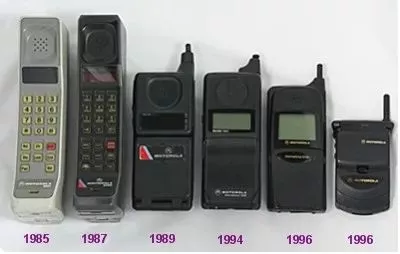
Paying the patent fee is still a small matter. The biggest problem of 1G network is that the communication system between each country was not unified at that time. You can't call abroad and roam.
Telecom operators in several European countries, together, feel that this is a good opportunity
2G can not only improve the call quality and communication range to a higher level, but also redefine the world's communication standards.
After all, who doesn't want to unify the global mobile communication system like the first emperor unified weights and measures? Make sure you don't lose.
So they put aside the United States and Motorola, sat together and set up a new standard called GSM (Global System for mobile communication).
In 990, the first version of GSM standard was completed. The original GSM provided a single radio band of 900MHz throughout Europe. While improving the call safety, it also added the short message (SMS) function of mobile phones.
Slowly, most countries around the world began to use the GSM standard. By 1998, GSM had more than 100 million users worldwide.
Incidentally, in 1994, China Mobile took the lead in opening the country's first GSM digital mobile phone in Fujian Province, which was later the "global link" service.
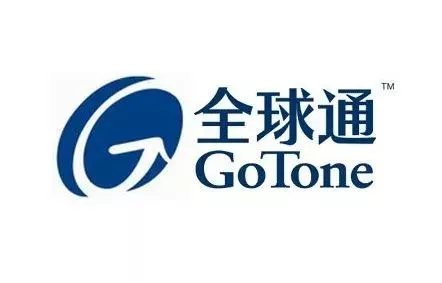
You know, in those days, if you had a black-and-white screen mobile phone that can make calls and send text messages, you would feel no less than having an expensive folding screen mobile phone now.
If you are a college student, your roommate next door may have to go downstairs with a phone card to line up in front of the public telephone booth and call your beloved girl, and you can do it on the balcony of the dormitory.
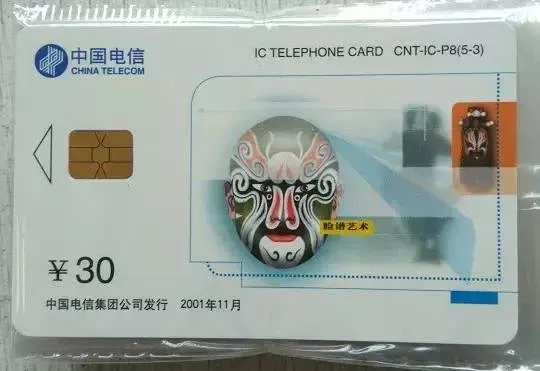
It can be said that since 2G, mobile phones have officially entered every household
However, if you want to realize so many benefits brought by 2G digital signal, it is certainly not enough to rely on the baseband chip in the previous 1g era. You also need to convert a wave of digital signal to analog signal.
After all, voice information still has to be turned into audio, so that human ears can understand it.
The work of "digital to analog conversion" here needs a special coprocessor chip
At this time, Texas Instruments, a semiconductor tycoon, saw this opportunity and launched the famous OMAP series mobile phone processor.

This processor can be said to be a classic written into textbooks
OMAP put forward the concept of heterogeneous computing for the first time. In short, it is "specialized in the technology industry", and special chips are used to deal with specific functions.
For example, if you want to process sound information, let the chip that can process sound information do the job.
Texas Instruments integrates a DSP (digital signal processor) chip into the OMAP processor, which solves the problems of delay and echo in the process of mobile phone call.
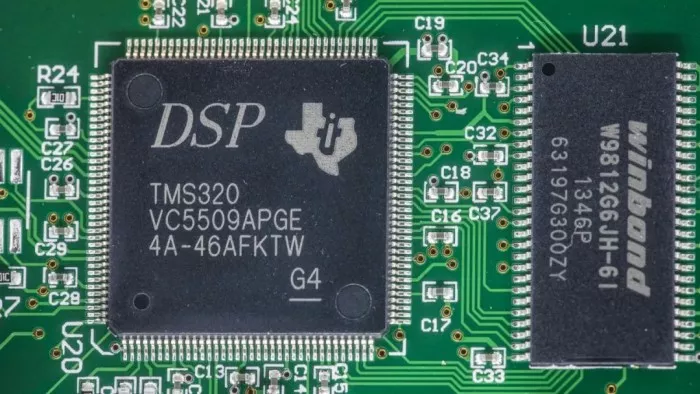
This technology has brought the experience of making phone calls to a big level. Not to mention, the mass-produced OMAP processor of Texas Instruments has also reduced the cost of making mobile phones.
As a result, more manufacturers have entered the mobile phone market, and mobile phones are no longer so high and become more and more popular. Although 2G has brought a qualitative leap to mobile phone calls, there are still many problems in calls.
For example, due to the limited bandwidth, the sound signal will be compressed to a certain frequency and lose part of the high and low frequencies. Therefore, at that time, the human voice in the phone is often inconsistent with that in reality.
If you've heard someone say something like "the voice in the phone was not my own voice, it was simulated by computer" before, then I'll refute the rumor here today.

The voice is still my own voice. It's just that some high and low frequencies are lost due to compression, so the voice in the phone will sound strange.
In addition to adding a sound quality buff to the most basic function of "call", the 2G standard has also led manufacturers to study other functions of mobile phones.
After all, there were many mobile phone companies at that time. Only when there were many selling points could people buy them.
Radio, snake, photo, MMS, map navigation and other functions have been slowly stuffed into the mobile phone since then.

Naturally, with more functions, there are more chips in the mobile phone. A bunch of chips, such as NPU (network processor), RAM (memory), DSP (digital signal processor), codec (encoder), have been integrated into the application processor.
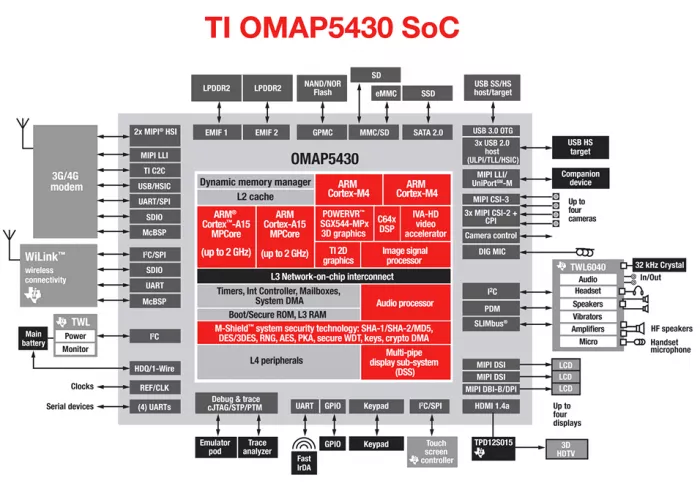
In the 2G era, Texas Instruments and Nokia play these chips most clearly.
The omap1710, the divine processor provided by Texas Instruments to Nokia that year, adopts a 90nm process, covering Linux and windows Mobile, nucleus, palm, Symbian OS and other mobile phone systems, and support 2D graphics acceleration.
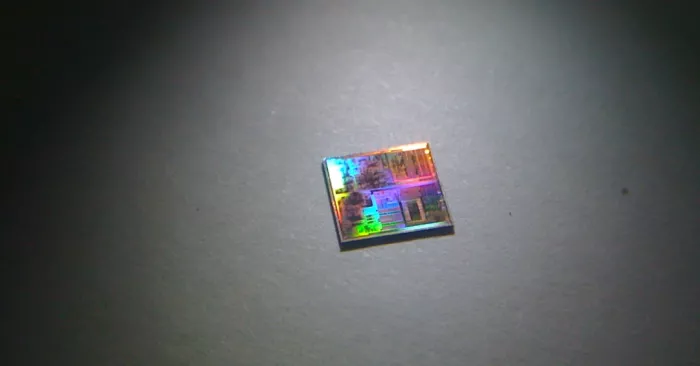
This processor is equipped with more than 10 classic Nokia models, including 6630, 6680, n71, N72, N91, n92, E61, E62, etc., which can be said to have created the glorious peak of Nokia Dynasty.
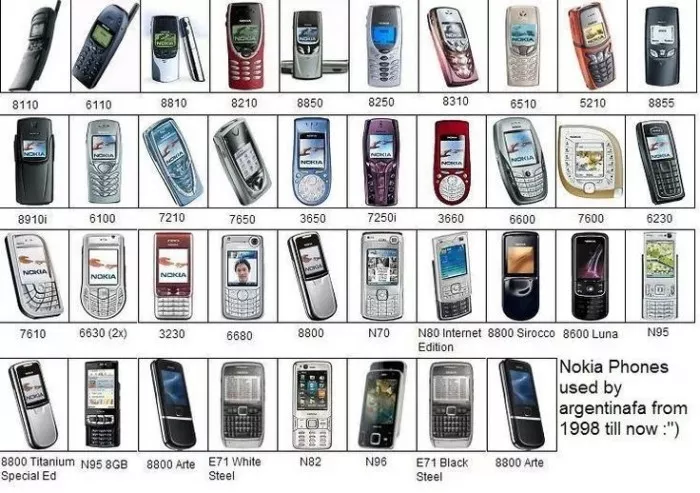
There are countless classic works of Nokia in the era of function machines. To be impressive, it must be the N-Gage series.

The mobile phone looks like a game console. With the built-in small games such as Tomb Raider and sonic, it can be regarded as the ancestor of "game mobile phone".
On the other hand, Japanese and Korean mobile phones also shine at this stage.
For example, Ericsson's A200 system for Sony Ericsson's mobile phone is equipped with DB series chips, or the PSoC architecture of LG's cooperation with Cypress Semiconductor is the product of this period of time.
The popular LG Chocolate mobile phone adopts Qualcomm's msm6500 baseband chip ▼
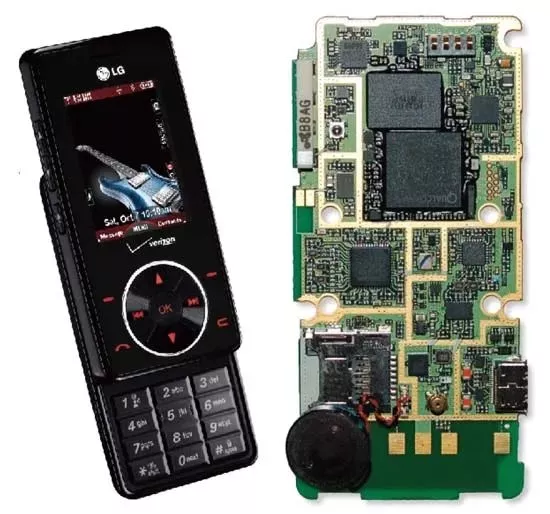
At that time, 2G mobile phones were basically put forward by mobile phone manufacturers, and semiconductor manufacturers customized mobile phone systems and chips according to their needs.
In the same period, Xscale core series processors made by Intel for PDA devices and s3c24 series processors made by Samsung are also the leaders of mobile devices in the 2G era.
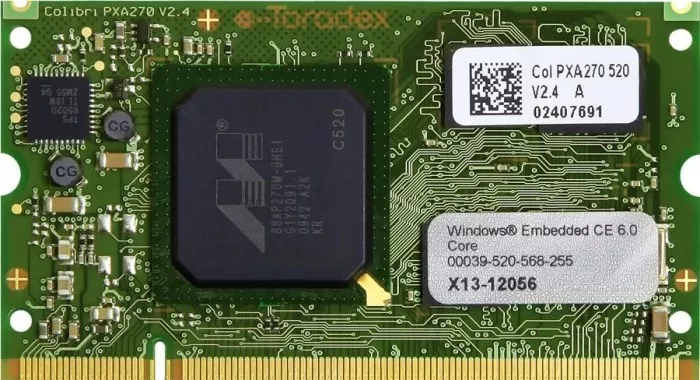
In the era of 2G, a hundred flowers bloom in mobile phones. Perhaps the chip has not yet stood on the stage and become the protagonist, but these positive cooperation obviously laid a good foundation for the independent development of mobile phone SOC in the future.

You may be wondering what Qualcomm is doing in the 2G era. Why didn't you mention it all the way? In fact, Qualcomm in the 2G era also wants to formulate standards, but it does not use the TDMA technology used in GSM network, but turns to the more difficult CDMA technology.
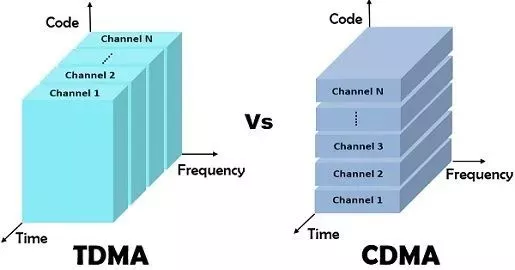
Here's the thing.
In the final analysis, the communication standard is a physical work with more people shaking and louder voice than who.
At the beginning, GSM, which was founded jointly by Europe, attracted the telecom giants such as Nokia, Ericsson, Siemens and Alcatel to establish a voice around the world.
Qualcomm chose CDMA with high development difficulty from the beginning, and applied for all related patents, hoping to take the initiative of standard setting in its own hands.
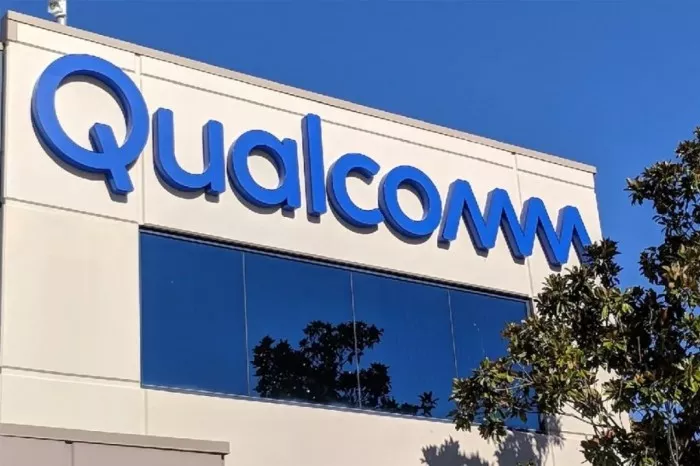
In fact, CDMA has been proved for a long time that the system capacity is more than ten times that of TDMA. However, the technology matures too late and the demand for data volume of 2G is not so high, so it falls into a situation of no difference.
After Qualcomm has been involved in CDMA, the GSM team has been pulled up. Even if CDMA technology is better than TDMA, the first to enter Xianyang is the king, and the market has long been divided by GSM.
CDMA has the support of sprint and Verizon operators at home in the United States. ▼
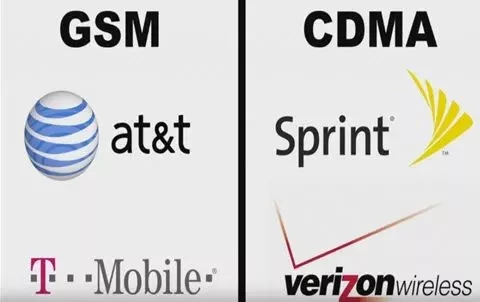
At this juncture, Qualcomm had to endure hardships and prepare to fight to the end on CDMA. The so-called "never forget, there must be an echo". I didn't think this big move really made Qualcomm's CDMA the main standard in the 3G era.
The biggest advantage of 3G network is its network speed. The fastest download speed of 2G network can only reach 15-20 KB / s. The 3G network can pull the download speed of more than 120KB / s-600kb / s, which has increased by 30 times.
People's habit of downloading pirated songs into their mobile phones has become cloud music. Watching the ball game has changed from graphic live broadcast to video live broadcast, and the use of mobile phones has undergone earth shaking changes.
At that time, I was still in high school. I often secretly bought traffic with my deskmate in class and watched the live broadcast of NBA playoffs together. It's cool.
Tianyi 3G fast is not unreasonable. ▼

At this time, the "European team" who controlled the 2G communication standard found that the setting of 3G standard seemed unable to bypass CDMA. What's more, Qualcomm bought out all the patents of CDMA before...
This means that if they want to continue to engage in 3G, they can only pay patent fees to Qualcomm, which holds a large number of CDMA patents in their hands. It is commonly known as "Qualcomm tax" in the industry.
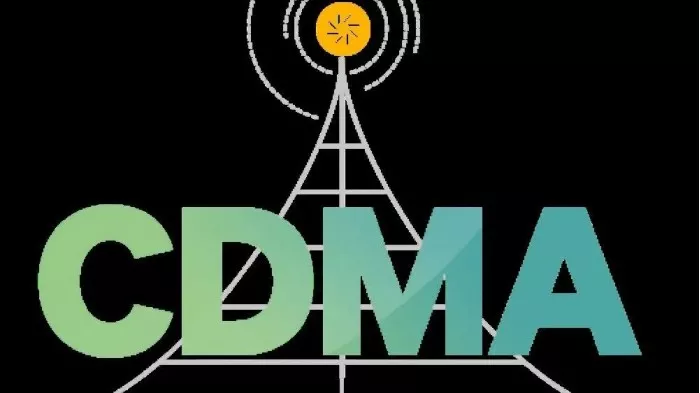
Of course, not only Qualcomm can make 3G baseband. At that time, there was also a chip company called Infineon, which was also making 3G baseband and and gave it to Apple [iPhone] with strong momentum( https://apple.pvxt.net/c/1251234/435400/7639?u=https%3A%2F%2Fwww.apple.com%2Fcn%2Fiphone%2F ) Supply.

Infineon has provided them with 3G baseband chips since Apple's second-generation iPhone 3G. However, due to their immature technology, the failure rate of 3G iPhone soared.
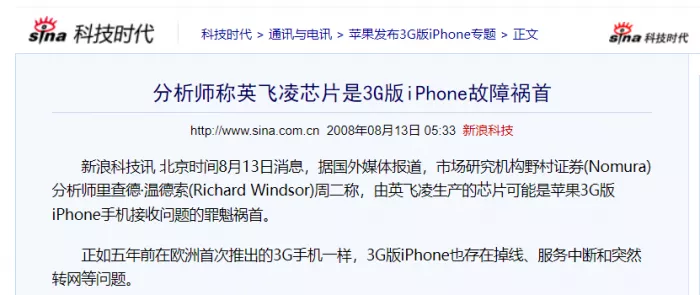
So from the fourth generation iPhone 4S, apple replaced all baseband chips with Qualcomm, and then there was a back and forth patent lawsuit between apple and Qualcomm.
Functions such as mobile online video and video call are gradually popularized with the advent of 3G network.
Although the video phone in 3G era can be called, it is used one card at a time

It was from this moment that Qualcomm began to go on the road and gradually tasted the sweetness of baseband chips. Since Qualcomm firmly holds the patent of baseband chip in its hand, as long as mobile phone manufacturers want to make a 3G mobile phone, they can't escape paying Qualcomm the "entrance fee" anyway.
Qualcomm took the initiative to provide mobile phone manufacturers with a one-stop 3G mobile phone processor integration solution. They began to bundle mobile phone application processors and baseband chips.
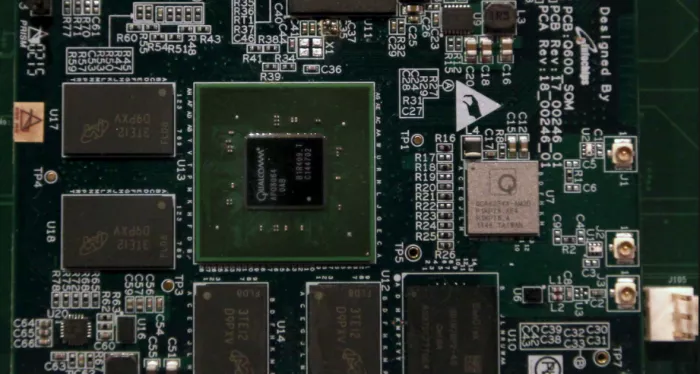
This can make Texas Instruments, which does not make baseband chips, suffer a dark loss. Although ti's OMAP is much higher than Qualcomm's application processor, the biggest problem is that it does not include baseband chips, and the manufacturer needs to purchase and debug separately.

For mobile phone manufacturers, the cost of debugging is much higher than that of purchasing integrated chips. Even if the performance of Qualcomm's mobile phone processor is slightly worse, it is not a key problem.
After all, Symbian system and early Android didn't pay so much attention to performance. 3G is more important as the selling point of mobile phones.
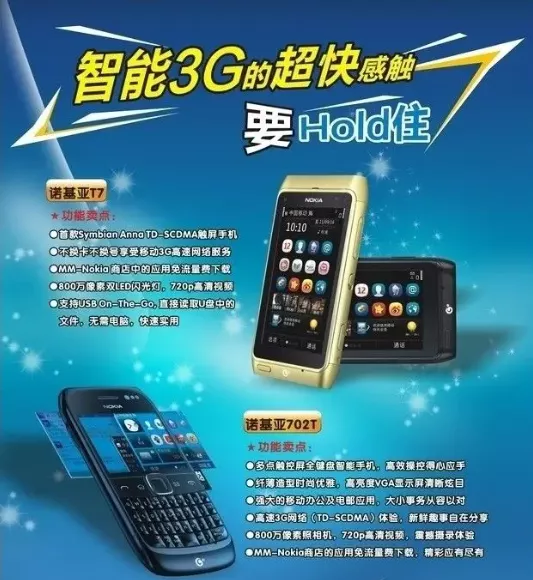
After seizing this opportunity, Qualcomm officially gained a firm foothold in the mobile phone chip industry. The file port established by 3G standard is also the time point for mobile phones to fully transfer from functional machines to smart machines. Mobile phone manufacturers actually have higher and higher demand for processor performance.
During this time, not only Qualcomm, but also semiconductor companies such as Samsung, apple and MediaTek have spared no effort in independently developing mobile phone chips.
Apple's first in the first generation iPad The self-developed A4 chip is used on the, and the follow-up iPhone 4 also uses A4 ▼

Unfortunately, Texas Instruments is depressed because Nokia has entered the era of smart phones, and because Qualcomm's share of mobile phone chips is getting higher and higher.
After Texas Instruments announced the launch of omap5 mobile phone processor in 2012, it quietly withdrew from the mobile phone chip market.
In the end, this processor was not available ▼
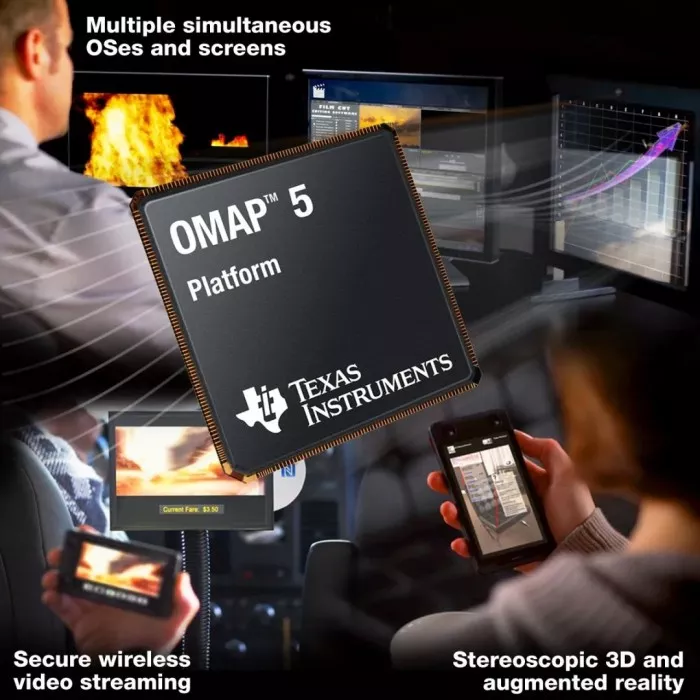
Then again, after losing the initiative of 3G, the "European team" did not give up. Before the arrival of the 4G era, they tried every means to regain the initiative from Qualcomm.
If Qualcomm doesn't monopolize CDMA, I'll just quickly formulate a 4G standard. No matter what, you can't only charge protection fees.
Therefore, the "European team" established an organization called LTE to cooperate with China and take the lead in the core technology of OFDM against Qualcomm.
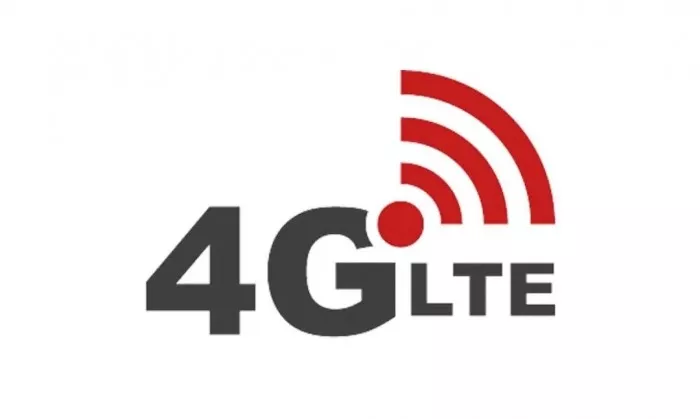
This wave of operation has indeed made Qualcomm give up the cake in the field of communication patents. On the one hand, Qualcomm had to deal with the EU antitrust investigation and free up its hands to deal with the patent lawsuit with apple.

On the other hand, IBM and Intel in the United States are also unhappy with Qualcomm's exclusive CDMA protocol. They have developed a new protocol called WiMAX without Qualcomm.
After all, no one wants to see the dominance of a company. Unfortunately, at that time, WiMAX's technical maturity greatly lagged behind LTE's LDD and TDD, and failed to carry the banner against LTE. Finally, the voice of 4G standard fell to LTE.
Between this and that, China and the EU have finally become the biggest beneficiaries of 4G protocol standards. Although Qualcomm has been targeted in the 4G standard, they have established their absolute voice in the manufacturing of mobile phone chips.
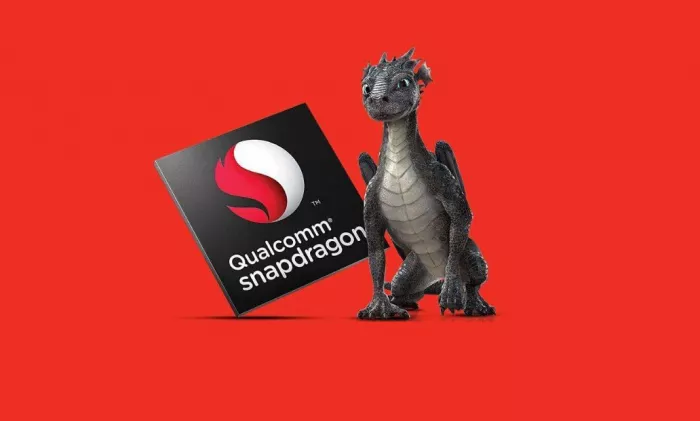
You know, in the 4G era, as long as you mention Android phones, you will inevitably talk about Qualcomm's chips, which has almost become a fixed match between the two.
In short, from Xiaolong 800, 810 and 820 to 835 and 845, which are gradually becoming stable and efficient, Qualcomm began to provide its own high-end chips for more and more flagship mobile phones, and has established its own good reputation in the industry.
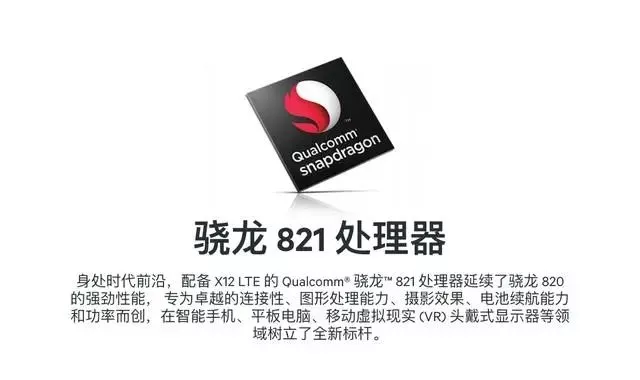
At the same time, mobile phone software and hardware support, such as QC fast charging protocol, the highest pixel of mobile phone, video coding format, screen resolution / refresh rate, are becoming more and more abundant with the update and iteration of chip.
Although Qualcomm has been in the limelight during this period, other technology companies are not vegetarian. We can make mobile phone chips that Qualcomm can make!
Apple's self-developed A-Series chips are not to mention. Mobile phone SOC chips with names, such as Huawei's Hisilicon, MediaTek's Helio and Samsung's Orion, also began to come into people's vision during this period of time.
Helio ▼ the former domestic light MediaTek
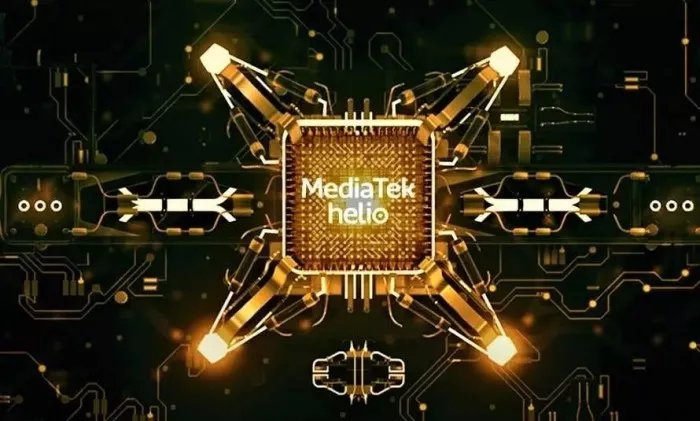
During this period, major mobile phone brands have risen rapidly relying on hardware and stacking materials. A hundred flowers bloom. Even at the mobile phone press conference, we can see the famous scene of manufacturers promoting the comparison of mobile phone cameras with professional cameras.
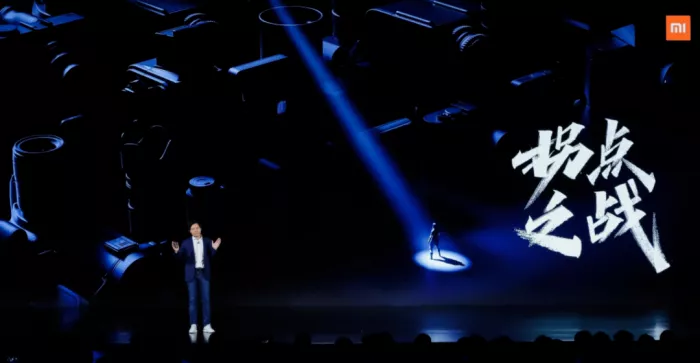
Since then, people have pursued higher and faster mobile phone performance.
Mobile phones are gradually getting out of its inherent product settings, and more and more people will focus on what else mobile phones can do.
Manufacturers have also realized how much advantage a awesome mobile phone processor will bring to them in the mobile phone market.

If the impact of 4G communication protocol on the development of mobile phone chips is not so direct, then the arrival of 5g can be said to redefine the order of mobile phone chips again.
The rule maker in the 5g era is China's Huawei.
If you want to be the maker of information communication, you should have a technology on communication protocol. This technology brought by Huawei to 5g is related to channel coding, which is called polar code.
Polarization code is a new channel coding method, which was developed by Turkish scientist erdal ar? Kan proposed it after 30 years of painstaking research.

It is a major breakthrough in informatics. Compared with the traditional turbo code and LDPC code, it can approach the Shannon limit, while the polarization code can find a way to reach the Shannon limit in theory.

The specific method used to make it is completely incomprehensible with this small brain, but it really shocked the scientists in the field of informatics.
At that time, no one thought that polarization code would become the 5g standard to be implemented in the future, but Huawei thought that polarization code was a good opportunity to enter the 5g protocol standard.
Unexpectedly, at the communication industry standard setting meeting held by 3GPP in 2016, LDPC code and polarization code were adopted to jointly undertake the standard of 5g communication industry.

Thus, Huawei's all in polarization code has made full efforts in 5g infrastructure construction, base station laying and self-developed chips, and mastered the initiative of the world entering the 5g era.
In 2019, Huawei launched the Kirin 990 with 7Nm technology with 5g baseband built in. At that time, the Qualcomm Xiaolong 855 in the same period still used the scheme of external 5g baseband.
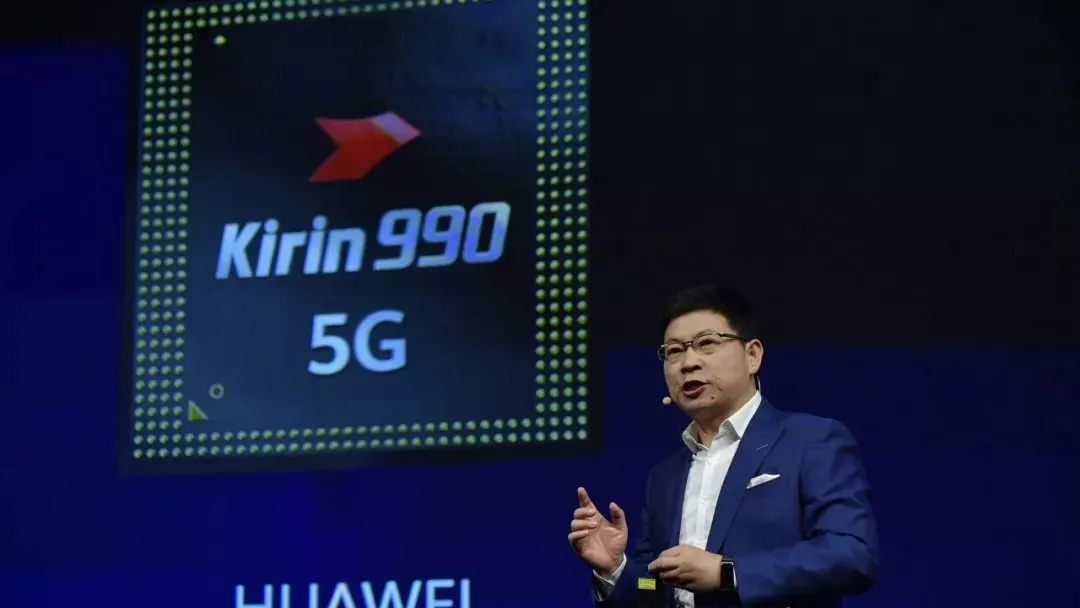
It is true that there are different opinions on whether the external 5g is better or the built-in 5g is better, but in the process of entering the 5g era all over the world, Huawei has undoubtedly made a good start.
This is a good time for China to lead the world. But no one expected that in order to suppress Huawei's leading position in the 5g field, the United States would take the patent stick, impose a comprehensive technical blockade on Huawei, and drag it down from the position of 5g leader.
We all know the later things. Hisilicon chip can't be built, 5g chip can't be used, and in the end, the new mobile phone can only take Qualcomm's 4G chip for emergency rescue.

Nowhere to talk, desolate... Sorry, sorry. At present, 5g is not very clear for most people.
I think that in addition to experiencing the signal advantages brought by 5g in crowded venues and exhibitions, other use scenarios are not much different from 4G networks.
5g is fast, and the traffic cost of leaving is also real.
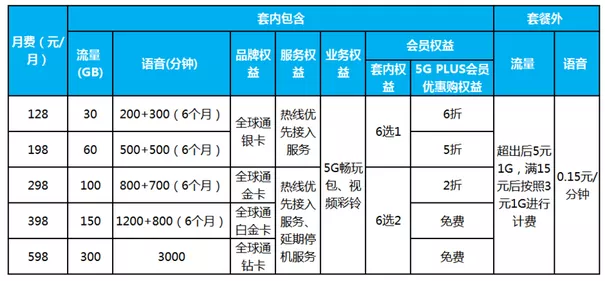
Admittedly, today's 5g is a new feature. If a mobile phone doesn't have it, it will be regarded as a lack of performance.
In 2022, a mobile phone can cut off the charger by making up a story, but it doesn't seem to be the case without 5g.
As an iteration of cutting-edge communication technology, we are still involved in it. I don't know what will happen in the future, but it still restricts the direction of mobile phones and mobile phone chips. Let's wait and see.

I believe that the development of mobile phones and the future of mobile phone chips are more than that.
The world economic forum predicted in 2015 that around 2023, mankind may develop the world's first mobile phone chip implanted into the human body, so as to truly make the hand a "machine".

The vision is very beautiful, but I think maybe the listing of implantable mobile phones itself must be born with a communication standard.
Whether it's 6G or 7g is unknown. However, according to the current lack of chips in the world, the launch of implantable mobile phones may have to wait for more than a decade...
Whether the future will be "meta universe" or cyberpunk, mobile phones will exist in our whole life as an indispensable device for human beings.
It is like the extension of human beings outside the function of the body, constantly helping us explore and connect this increasingly changing world. When the cost of communication and communication becomes lower and lower, mobile phones will become more and more flat.
At that time, perhaps communication itself will become a basic human right.
Picture and data source:
The Atlantic:The 1947 Paper That First Described a Cell-Phone Network
Tech Insider:History Of Cellphones And How Drastically They‘ve Changed
What's Inside?:What's inside World's First Cell Phone?
Shanghai Automobile Museum: car phone, it appeared earlier than you think.
Zhihu: @ the hidden old man in the five moment semiconductor industry: the gain and loss of Texas Instruments
Station B: @ Lichuan, the history of the development of mobile phone processors in the world